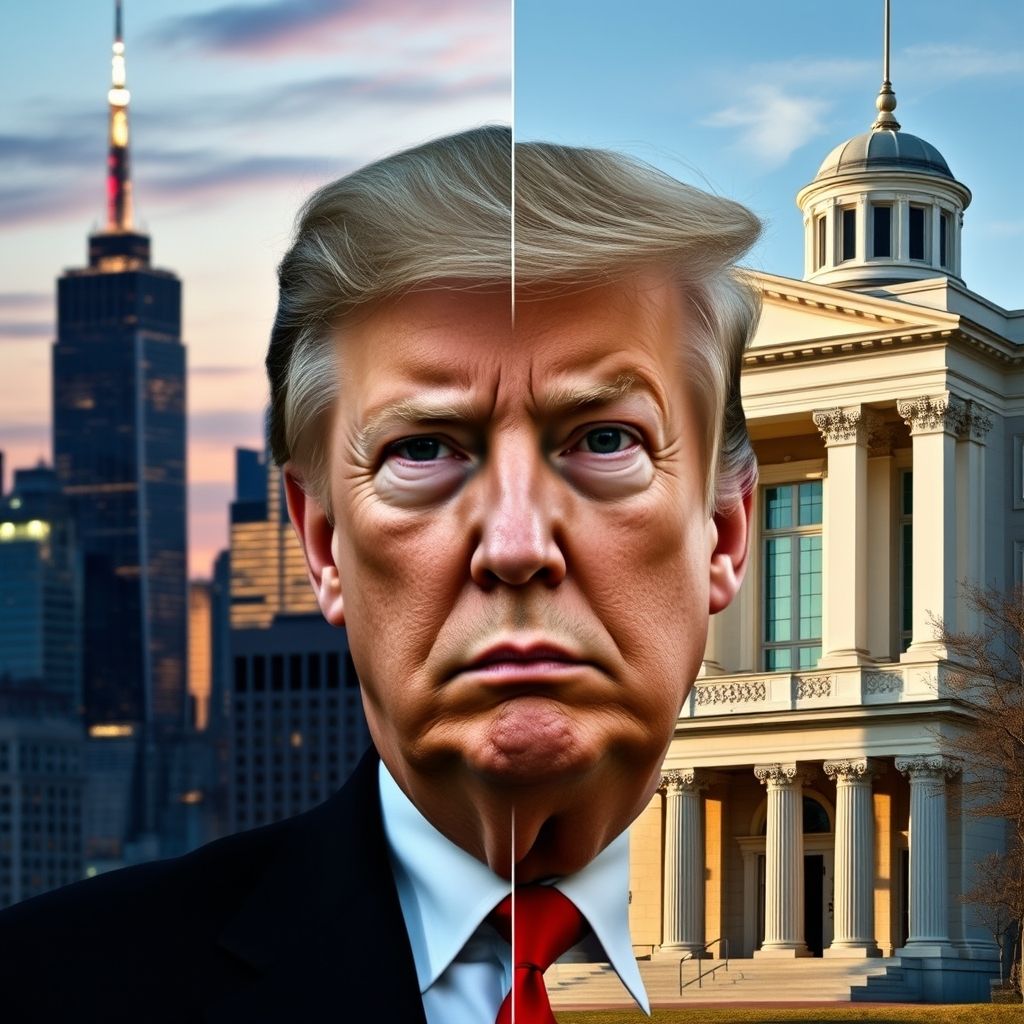Unraveling the Web of Racketeering: Crime, Corruption, and the RICO Act

What is Racketeering? A Deep Dive into Organized Crime
The term “racketeering” conjures images of shadowy figures, backroom deals, and illicit gains. But what exactly does it entail? At its core, racketeering is a broad term that encompasses a range of criminal activities, all centered around organized schemes designed to generate illegal profits. It’s about more than just isolated instances of crime; it’s about a systematic and often long-term operation that aims to exploit vulnerabilities and amass wealth through unlawful means.
The Evolution of a Criminal Enterprise
The origins of racketeering can be traced back to the 1920s, a time when the term first gained traction. Initially, it referred to services that essentially created their own demand, often through coercion or deception. The classic example is the “protection racket,” where individuals or groups would demand payments from businesses, ostensibly to protect them from threats – threats which they themselves often orchestrated. This early form of racketeering was a precursor to the more complex and widespread criminal enterprises we see today.
The RICO Act: A Powerful Weapon in the Fight Against Racketeering
A pivotal moment in the fight against racketeering came with the enactment of the Racketeer Influenced and Corrupt Organizations Act, or RICO, in the United States in 1970. This legislation significantly broadened the definition of racketeering and provided law enforcement with a powerful tool to combat organized crime. The act’s significance lies in its focus on patterns of criminal activity rather than isolated incidents. To be convicted under RICO, the prosecution must demonstrate a pattern of racketeering activity, typically involving at least two instances of specified offenses within a ten-year period. This can include a wide range of crimes, from extortion and fraud to drug trafficking and money laundering.
RICO’s Wide Reach: From Mafia Bosses to Corporate Scandals
The impact of the RICO Act has been far-reaching. It has been instrumental in dismantling organized crime families, targeting mob figures and their illicit operations. However, the law’s scope extends far beyond traditional organized crime. RICO has also been used against corporations and individuals involved in various schemes, including fraudulent business practices and complex financial crimes. One example is the use of RICO in the college admissions scandal, highlighting the law’s ability to address even sophisticated and seemingly legitimate offenses. The law’s flexibility makes it adaptable to evolving criminal strategies, ensuring its continued relevance in modern law enforcement.
Key Elements of a Racketeering Case
Understanding the elements required to prove a racketeering charge is crucial. The prosecution must demonstrate a pattern of racketeering activity. This means showing that the defendant engaged in at least two predicate acts of criminal behavior, as defined by the RICO statute, within a specific timeframe. These predicate acts can be a range of offenses, and their nature varies according to the specific charges. Evidence presented in a racketeering case often includes financial records, witness testimony, and surveillance data, all piecing together the evidence of criminal activity. The complexity of these cases means they often involve lengthy investigations and trials, reflecting the intricate nature of the criminal schemes themselves.
The Ongoing Battle
Racketeering continues to evolve, with criminals constantly adapting their methods. Combating this crime requires constant vigilance, sophisticated investigative techniques, and the continued use of laws like RICO. The fight against racketeering is a testament to the enduring struggle to uphold the rule of law and protect society from the corrosive effects of organized crime.
In the United States, the RICO Act is the primary legal instrument used to prosecute racketeering. It empowers the government to target not just individual criminals but entire criminal organizations. This allows authorities to seize assets and dismantle criminal enterprises, depriving them of the financial resources needed to function.
The impact of racketeering is felt across society, affecting businesses, individuals, and the overall economy. By understanding the nature of racketeering and the tools used to combat it, we can better protect ourselves from its damaging effects.
Further Reading:
For more in-depth information, please consult the following resources:
https://en.wikipedia.org/wiki/Racketeering
https://www.investopedia.com/terms/r/racketeering.asp
https://www.cnn.com/2024/09/17/us/what-is-racketeering-the-crime-explained




